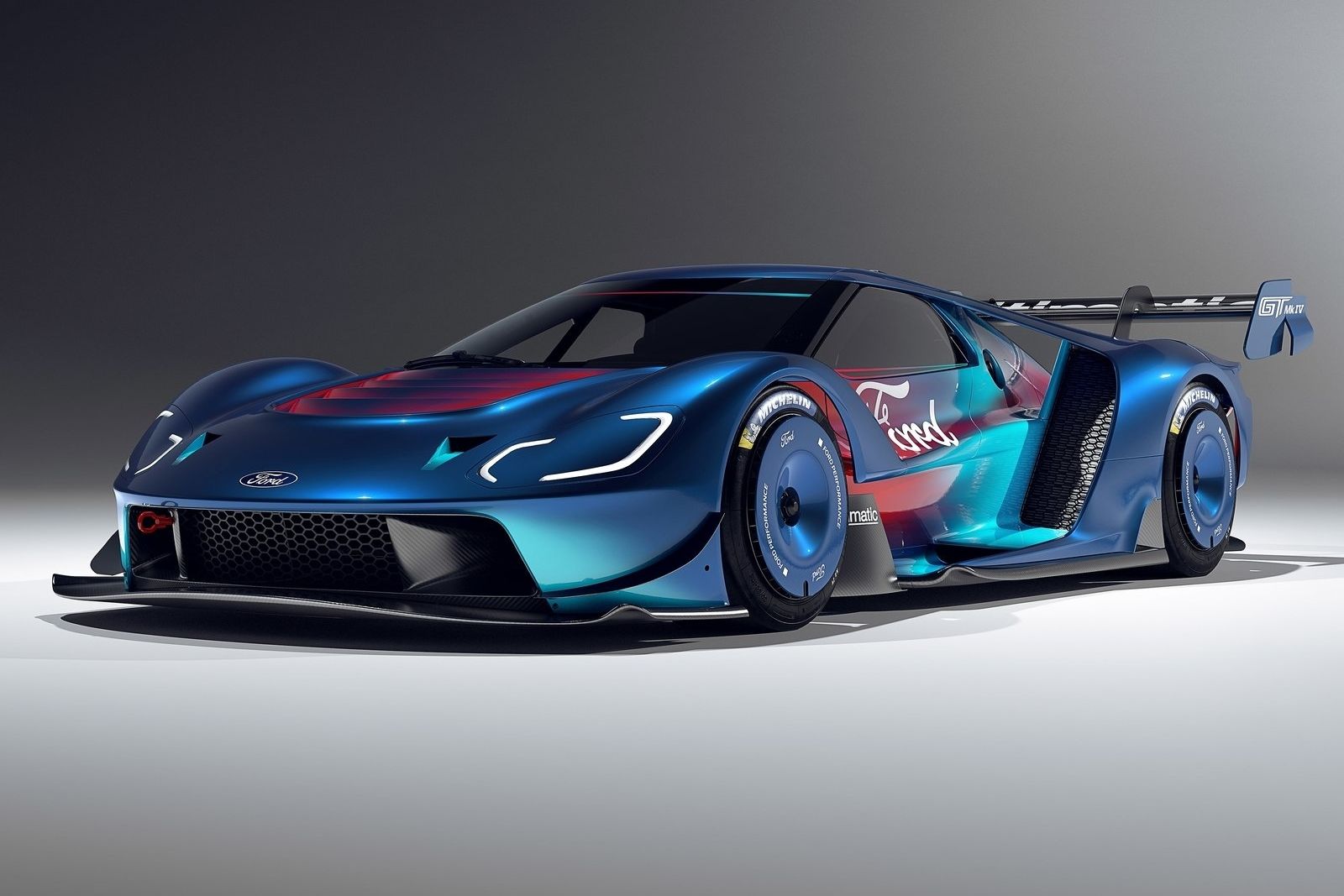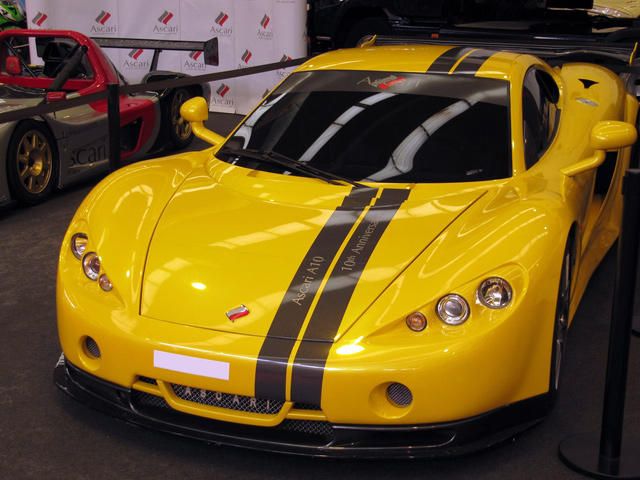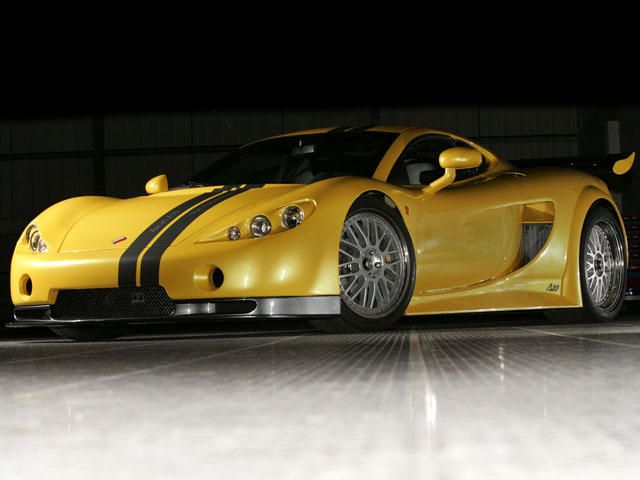Ascari is the European Union of boutique carmakers. It is located in the UK, owned by a Dutchman, named after an Italian, and operates a racetrack in Spain. As you might expect from a company named after a two-time Formula 1 world champion, Ascari puts a lot of emphasis on motorsports. In fact, much like Ferrari, at times Ascari seems only to build road cars to fund their racing efforts. The company is named for Alberto Ascari, a Formula 1 legend from the Fifties.
Ascari died in 1995 in a non-race crash just days after walking away from a racing accident where he crashed into Monaco Harbor. He is a hero to many, and Ascari Cars is just one of the many things named in his honor. Ascari is actually somewhat distantly related to another British boutique carmaker, Nobel. This is because the founder and designer of the first prototype was actually Lee Nobel, of Nobel Automotive. This prototype was the FGT, a car which was raced by Klaas Zwart in the British GT Championship in 1995 even before a single production model was ever built.
Zwart, a Dutch millionaire, won the race at Silverstone that year, and loved the car so much that he bought the whole company from Nobel and started turning out production cars. The FGT had first used a Chevrolet V8, switching to a Ford engine before it was entered into GT racing, but the production version, known as the Ecosse, would ultimately use a BMW-sourced V8. These, like all Ascari models, are basically built to be track day cars, and therefore have a high attrition rate. This means that, of the seventeen examples of the Ecosse to have been built, only nine still exist. Even among supercars, to have nearly half of a car's production run destroyed is unusual.
Following the Ecosse was the KZ1, the "KZ" being Klaas Zwart's initials. Production on this model was up from the Ecosse but was still low, even when compared to other boutique supercars, and it came in at just 50 units. With this being a nice round number, it's safe to assume that this low volume was by design, rather than an inability to sell cars. A 5-liter BMW engine was used, tuned to produce 500 horsepower. The only available transmission was a six-speed manual. It could achieve 60mph in 3.7 seconds, and could run the quarter mile in 11.8 seconds.
A racing version of the KZ1, known as the KZ1-R, was also made, with an additional 50 units of these produced to meet with FIA GT3 specifications. There are some cosmetic changes, the interior is stripped out and the engine is tuned to produce an additional 20hp, but it is largely similar to the road going version. KZ1 customers also get the opportunity to drive their cars at Race Resort Ascari, an exclusive member's club owned by Ascari. Being British, Ascari built the resort in southern Spain, which is already a popular vacation destination for citizens of the UK.
There is a race track, of course, as well as garages and facilities for working on cars. Ascari also keeps a number of different cars at the facility which are available for members to try out, including some retired F1 cars. It almost goes without saying that all of this also comes with top-notch dining and lodging facilities. Following the KZ1 came the A10, named to commemorate the company's tenth anniversary. Officially this is said to be a road going version of the KZ1-R, but the A10 has less in common with the KZ1-R than the original KZ1 did. The A10 is quite track focused though, offering little in the way of soundproofing or other creature comforts.
The engine is retuned to produce 625 horsepower, 105 more than the KZ1-R, and although the six-speed manual is still an option, a six-speed sequential transmission now comes standard. Ascari claims a 2.8-second 0-60 time, as well as a 10.8-second quarter-mile time. The A10 is quite an impressive machine, but probably not something you'd want to use to pick up your date. Even at the astronomical price which Ascari charges for the A10 (£350,000 or about $650,000) the styling won't turn quite as many heads as a number of cheaper cars. It's not actually ugly, but Ascari does tend to put function way out in front of form.
The KZ1 had a much more comfortable interior than the A10, but even this was pretty forgettable. It was very nice, handcrafted with fine materials, but it was also very simple and in no way stood out. That's fine though, Ascari doesn't exactly try to hide the fact that their cars are really intended for the track. Spending time at Race Resort Ascari is nearly worth the price of the car all by itself anyway, so you might as well get one hell of a quick car out of the deal as well. An Ascari might not be the right choice to impress people curbside, but it'll sure do the trick trackside.



